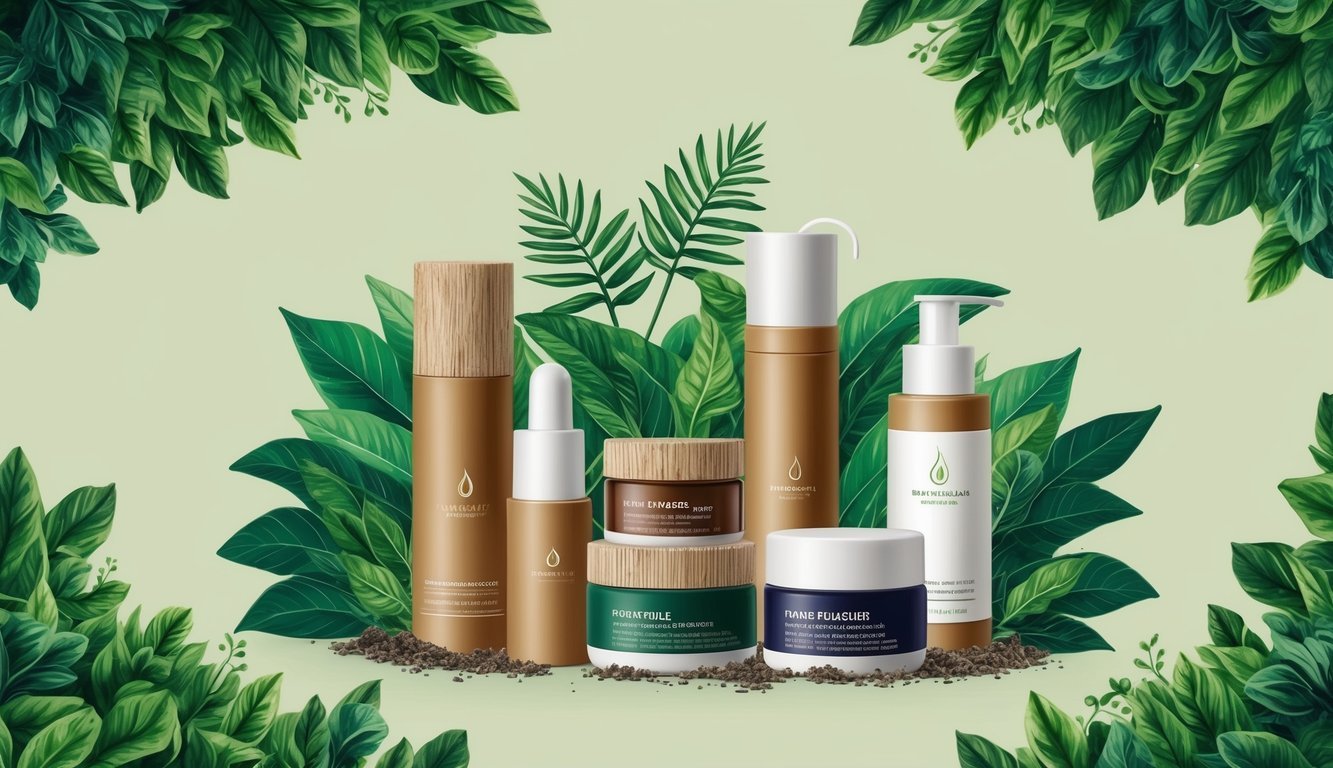
Driving Forces Behind Sustainable Packaging
As consumer attitudes shift and regulatory frameworks tighten, the cosmetics and personal care industry is facing growing pressure to adopt sustainable packaging solutions. According to the US Environmental Protection Agency (EPA), only 32% of municipal solid waste is recycled, falling short of the national goal of reaching 50% by 2030.
A recent study from EverestLabs, a California-based software company, reveals that 57% of American consumers prefer products with eco-friendly or recyclable packaging. This creates an urgent need for more efficient recycling systems and innovative sustainable packaging strategies.
Collaborative Efforts for Change
Rethinking packaging design is just one piece of the puzzle. Ambati stresses the importance of collaboration between manufacturers and recycling facilities. By leveraging data analytics and AI tools, companies can effectively identify and rectify shortcomings in material recovery processes.
He also highlights the vital need for consumer education. Consistent labeling on products can significantly enhance recycling efforts by guiding consumers on how to dispose of items correctly.
The Future of Packaging Design
Ultimately, Ambati argues that the cosmetics industry must fundamentally rethink its packaging design principles to enhance recyclability. He draws attention to the need to minimize the use of adhesives and coatings, which often serve as significant, albeit overlooked, barriers to improving recyclability in beauty and personal care packaging.
Manufacturers are encouraged to design with mono-materials in mind, reducing the reliance on excessive adhesives and coatings. Ambati concludes on an optimistic note, stating that the beauty industry holds the power to not just promote personal transformations but also to champion positive environmental stewardship. Each product and its packaging can either contribute to environmental burden or help alleviate it; the choice is in the hands of its creators.
Source: Cosmeticsdesign

